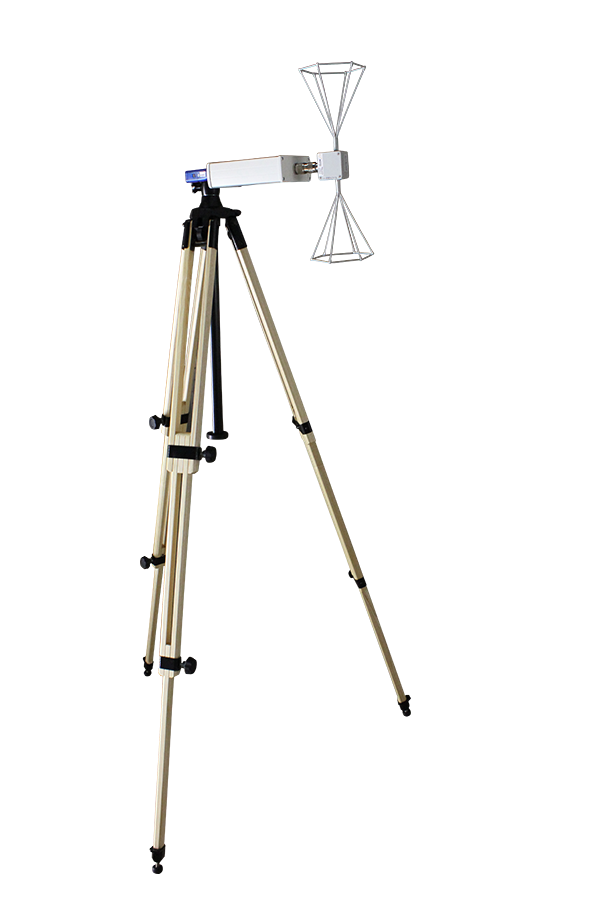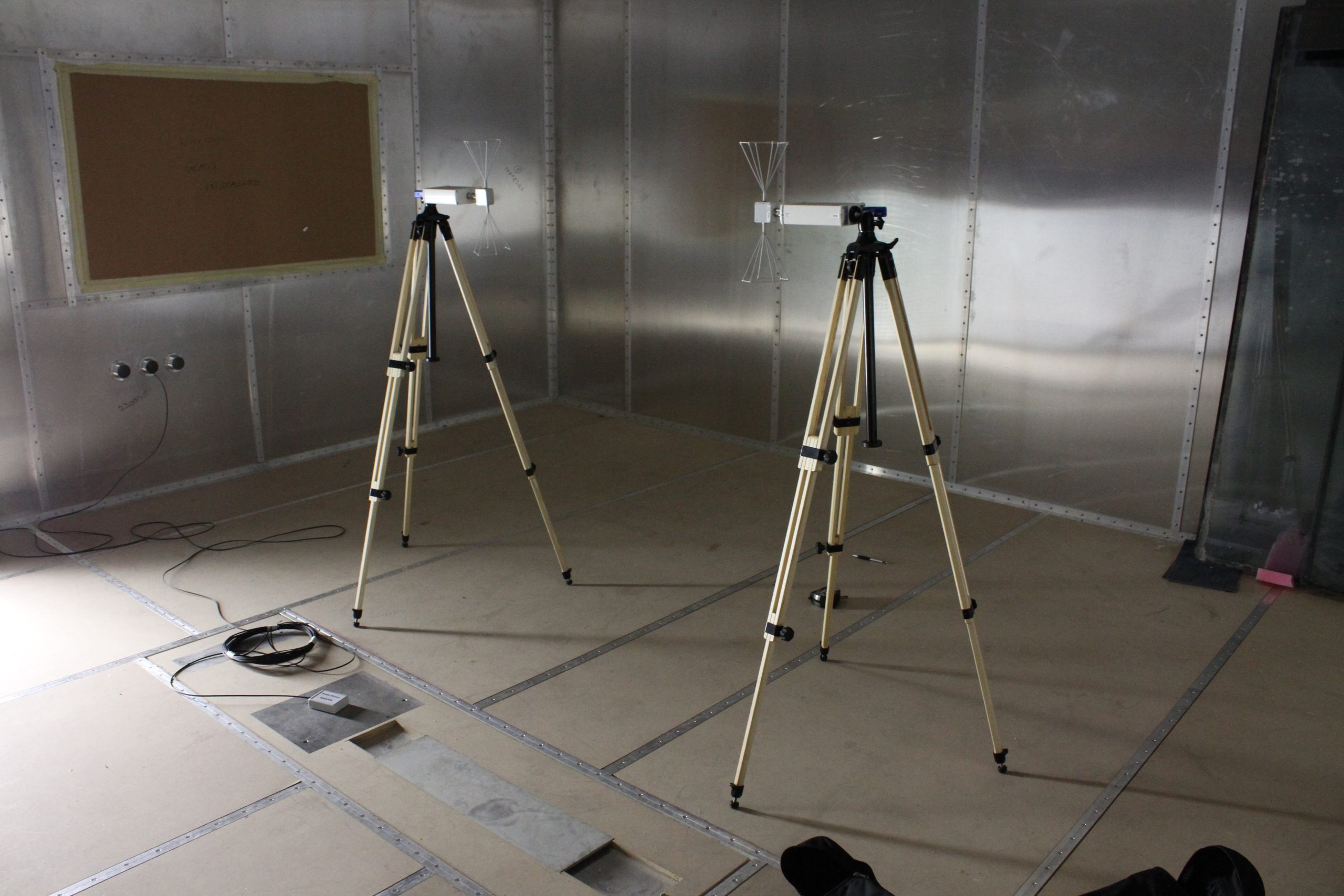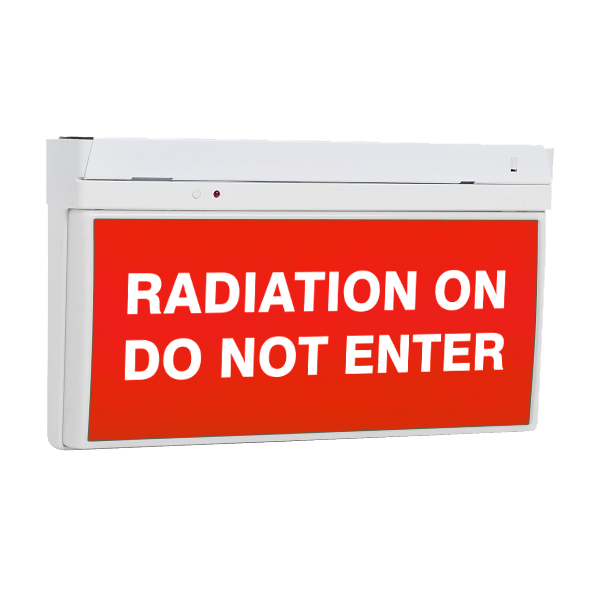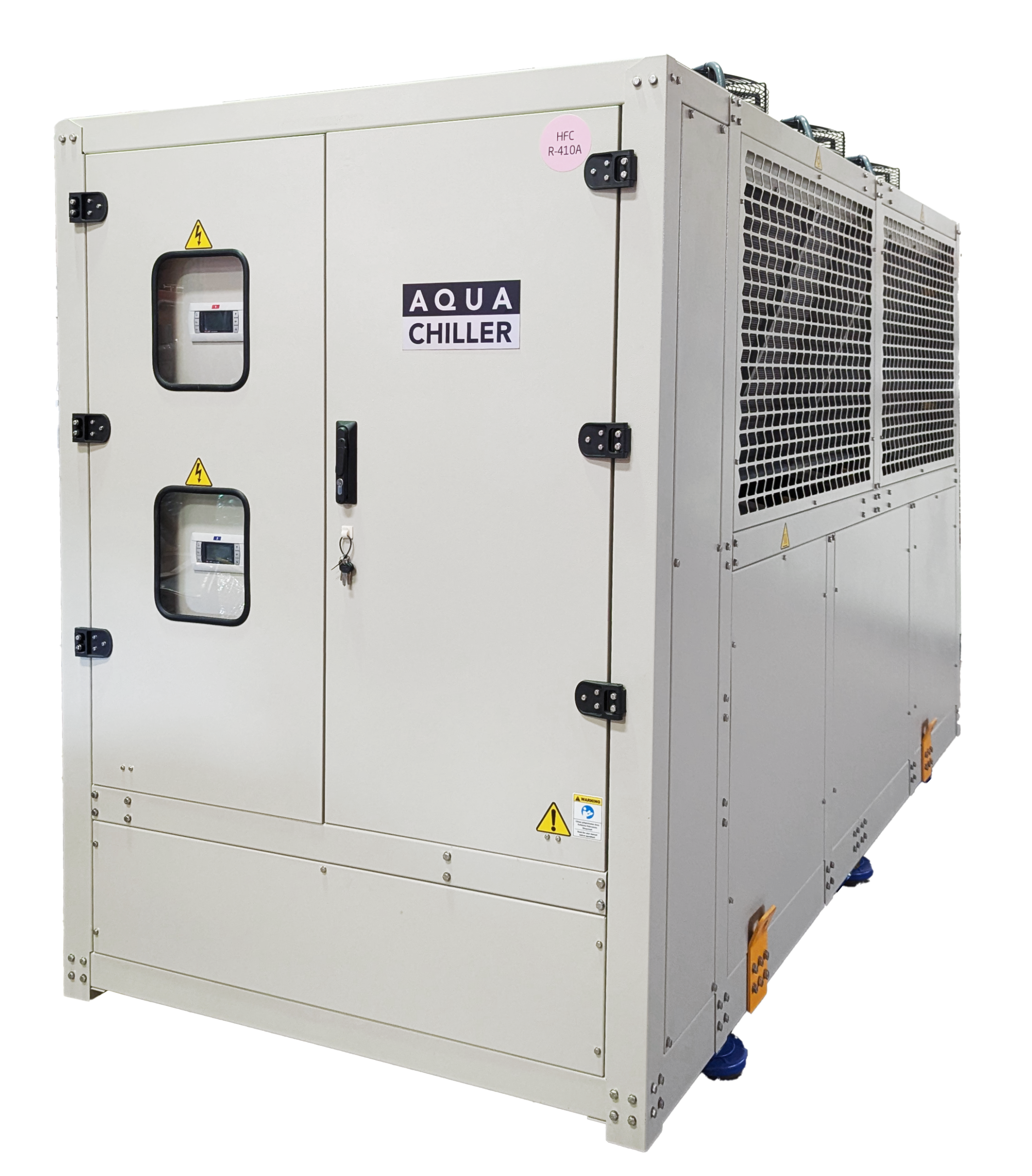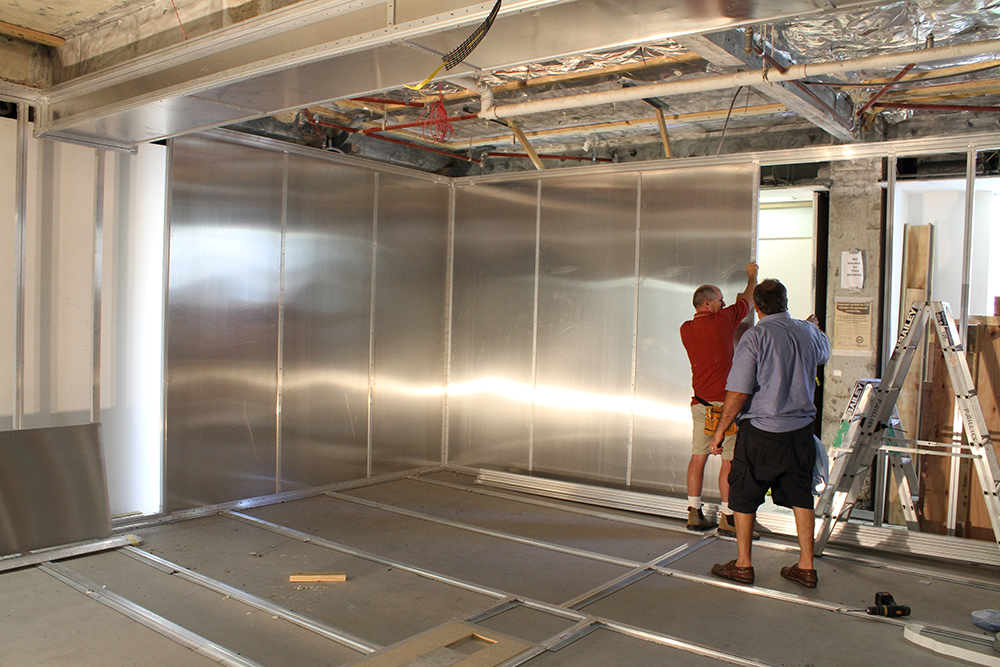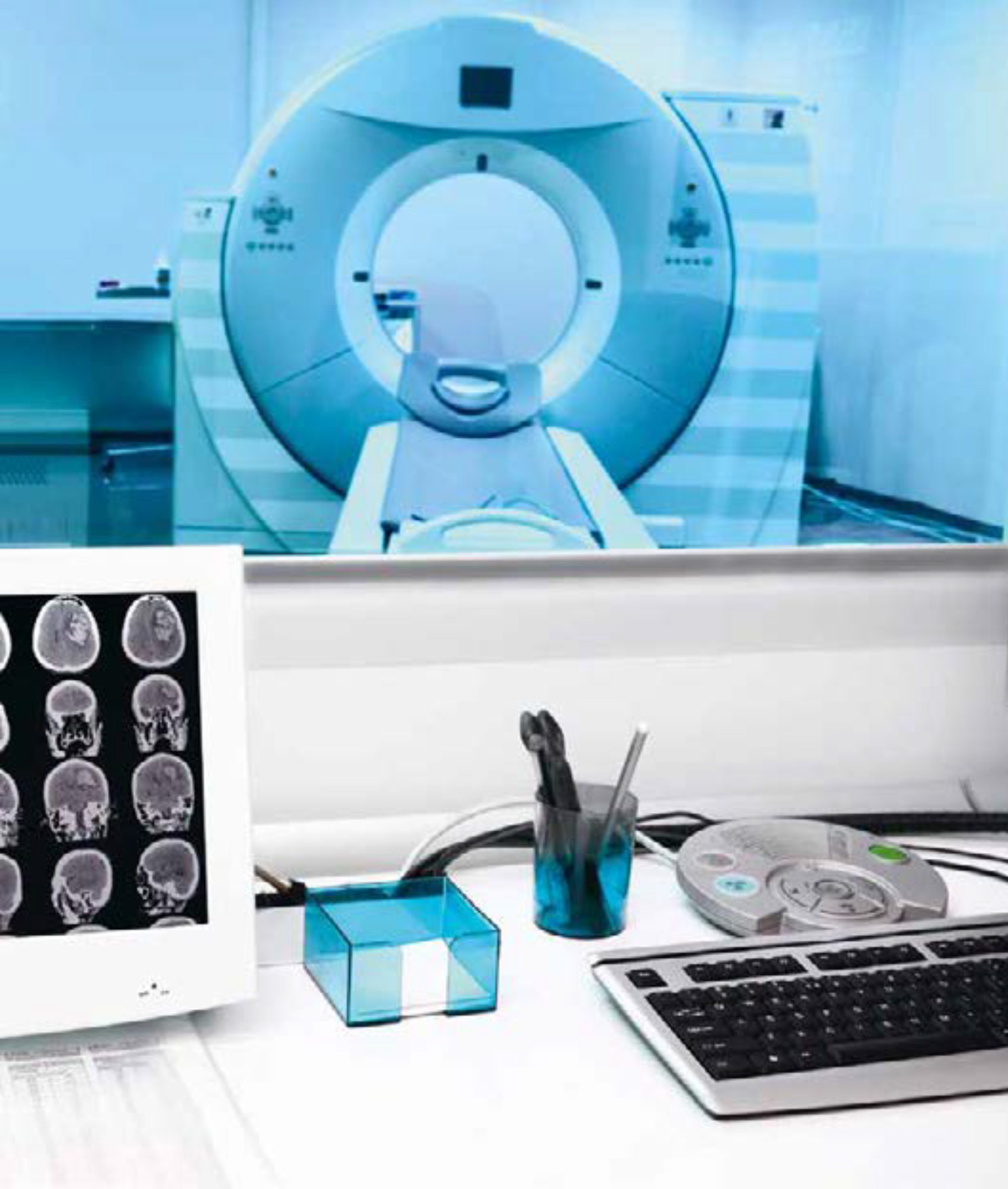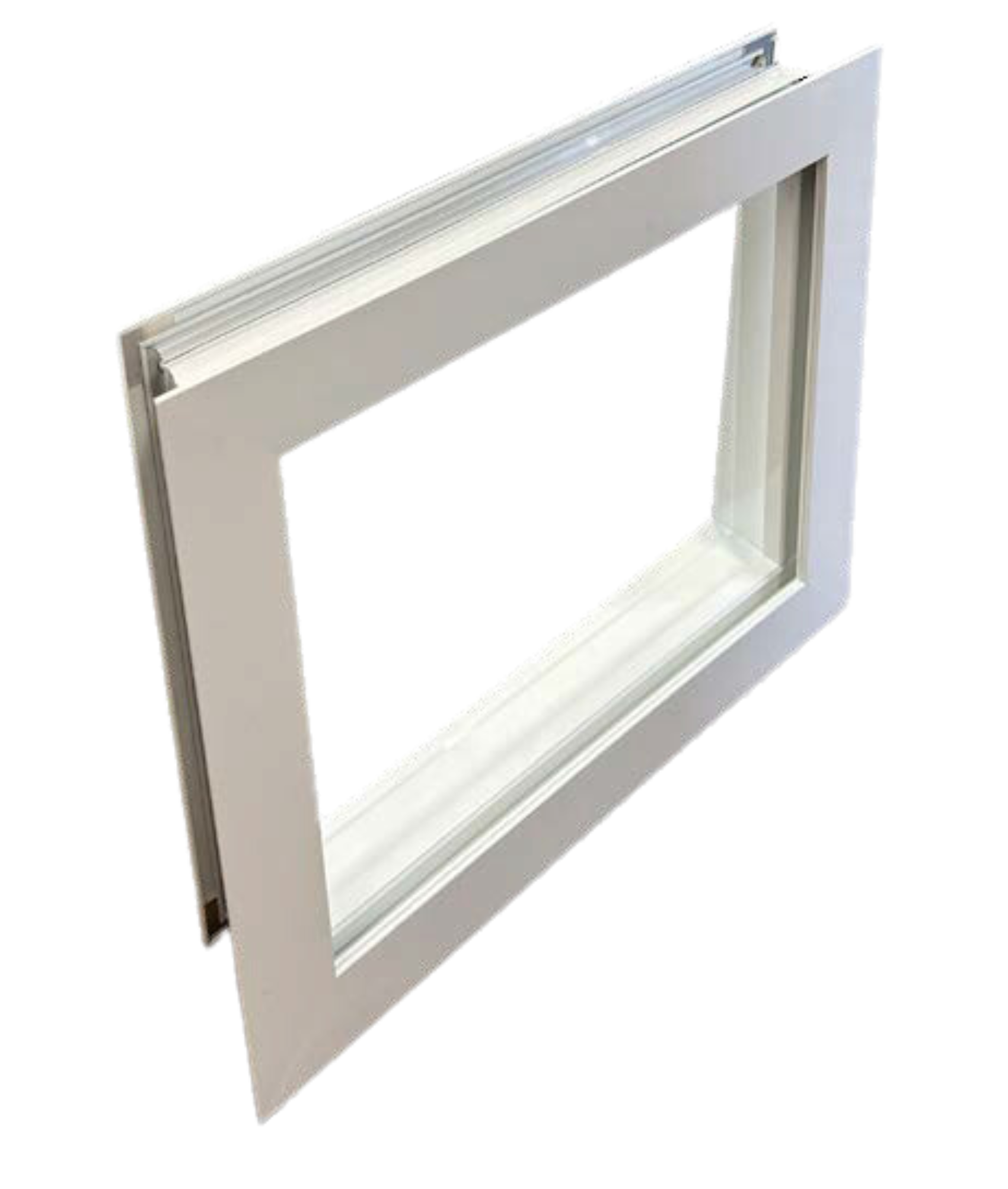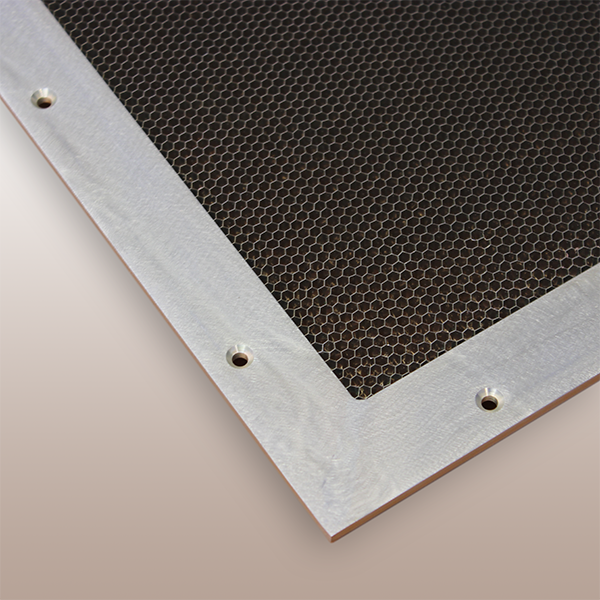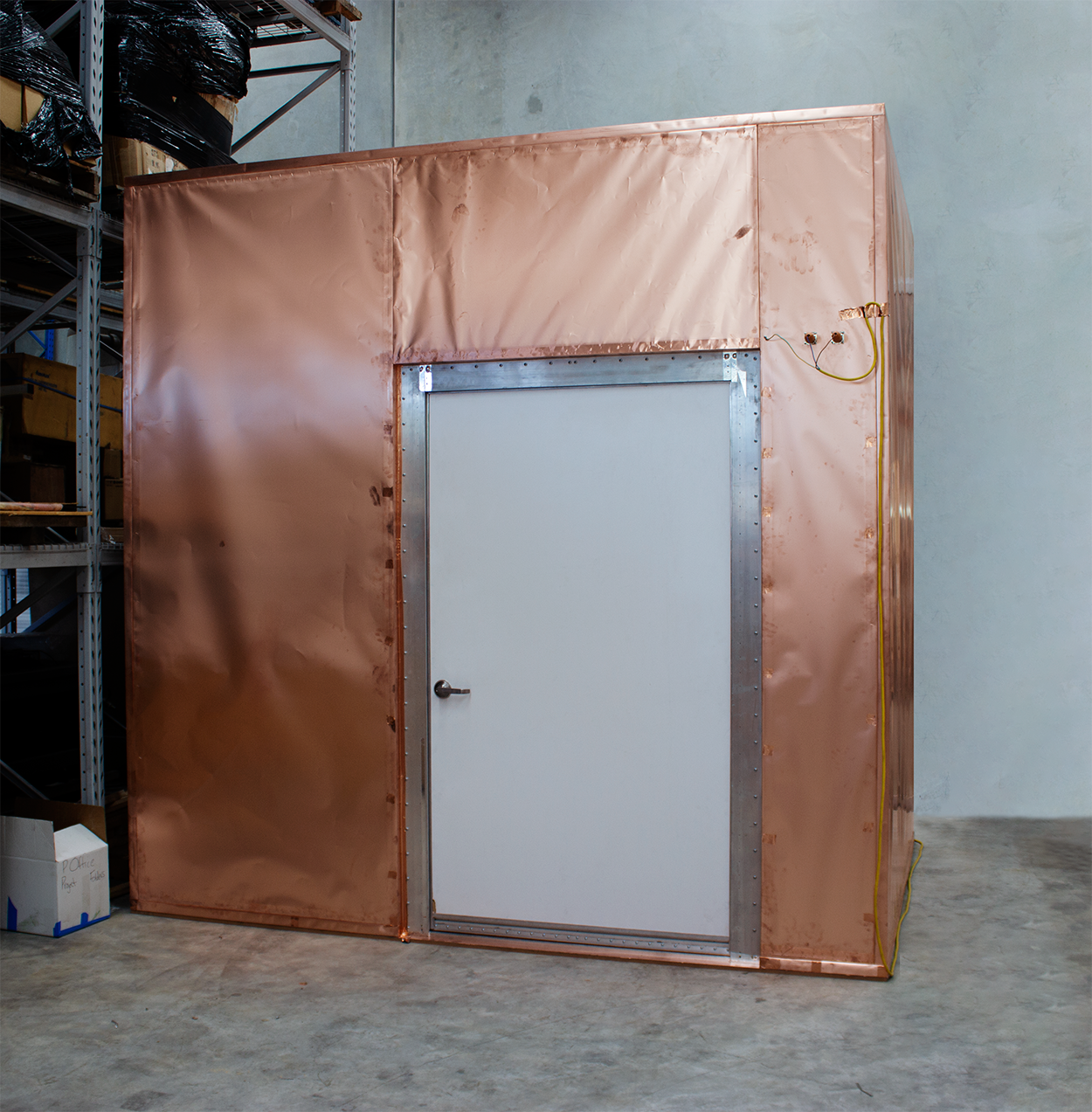Description
At Imaging Solutions, RF testing is conducted in accordance with IEEE STD 299-2006, the internationally recognized Standard Method for Measuring the Effectiveness of Electromagnetic Shielding Enclosures. This supersedes the frequently referenced MIL-STD-285 standard commonly cited in MR Room documentation. Our testing procedures are designed not only to meet, but to exceed, the minimum RF performance requirements set by each MRI vendor.
Our methodology combines best practices from across multiple vendor specifications and incorporates more stringent expectations to ensure that each RF shield delivers optimal compliance, while also supporting future magnet upgrades and equipment changeovers with confidence.
Using advanced, calibrated testing equipment, Imaging Solutions typically performs RF attenuation testing at two critical stages of the MRI room build:
- Initial testing is conducted upon completion of the RF shield structure.
- Final testing occurs post magnet delivery and once all internal finishes are installed.
This dual-stage approach minimizes risk of project delays and ensures the RF enclosure is compliant at handover.
Testing is carried out at multiple locations across the shield, at several frequencies and antenna polarizations. Special attention is given to complex or sensitive areas such as RF doors, observation windows, and waveguides—elements which often present the greatest challenge in maintaining attenuation performance. These high-risk apertures are tested rigorously to ensure full compliance.
To support transparency and stakeholder engagement, Imaging Solutions welcomes project representatives, vendors, and consultants to witness the RF testing process. Following testing, a comprehensive and standards-compliant report is issued, certifying the enclosure as fit-for-purpose and ready for clinical operation.
Maintaining shielding performance and ensuring compliance is vital—not just to pass regulatory checks, but to guarantee artifact-free, high-resolution MRI images. Any RF leakage can significantly degrade scanner performance and compromise diagnostic accuracy. Equally, the RF shield serves to prevent emissions from the MRI system from interfering with external electronic systems, making proper shielding essential for safe and reliable imaging.
